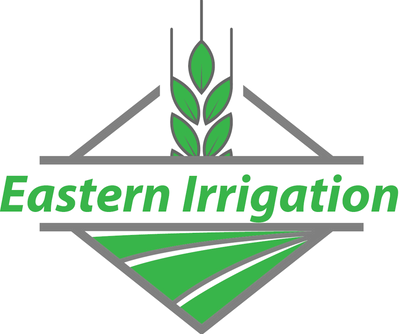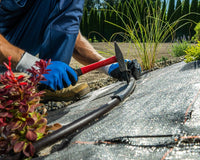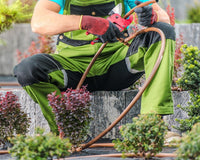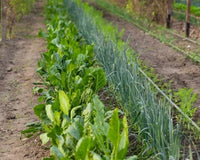Water is an indispensable resource, vital to the health and well-being of every living organism, including trees. The question arises: How can we effectively water our trees while promoting water conservation? The delicate balance between nurturing our green friends and preserving water is achievable with the right strategies.

Understanding of Your Tree’s Lifecycle
When discussing tree watering practices, it’s paramount to first understand the needs based on the life stage of the tree. Trees, like humans, have differing conditions at different stages of their life.
Nurturing the Newbies: Watering Young Trees
Newly planted trees can be likened to infants. Their root system is mainly confined to the initial root ball from which they were transplanted. The primary aim at this stage is to encourage these roots to stretch and anchor themselves into the surrounding soil, laying a solid foundation for future growth.
- Root-Focused Watering: With young trees, moistening the soil underneath their canopy is essential. This ensures both the root ball and its adjoining soil remain adequately moist, promoting vigorous root expansion.
- Frequency Matters: It's advisable to water twice weekly in temperate conditions. However, increasing this frequency thrice a week during arid periods can prove beneficial. Natural rain showers can sometimes be counted as a watering day, providing the ground gets a thorough soaking.
Sustaining the Seasoned: Watering Mature Trees
It's considered established when a tree has undergone two complete growing cycles. Their roots have penetrated deep and wide, often extending beyond their visible canopy. The watering technique and frequency now need a shift.
- The Art of Dripline Watering: The dripline, which demarcates the outer boundary of a tree's canopy, becomes the focus area. Water should be applied in a circular pattern around this dripline, even extending a few feet beyond to ensure the far-reaching roots receive their share.
- Depth Over Duration: Rather than frequent superficial watering, allowing water to penetrate deep into the root zone ensures sustained nourishment. This reduces the overall watering frequency, further aiding conservation efforts.
- Trunk Care: Avoid directly watering the tree trunk or its immediate vicinity. Over-saturation here can escalate the risk of diseases and rot.
Advanced Strategies to Maximize Efficiency and Conserve Water
The intersection of technology and traditional practices has given rise to sophisticated methods that optimize tree watering and significantly reduce water consumption.
-
Harnessing Soil Sensor Innovations: Modern soil sensors offer a real-time glimpse into the moisture content of the soil. These wireless marvels can accurately determine when irrigation is necessary, eliminating the guesswork and potential over-watering.
-
Embrace Smart Controllers: Advanced irrigation controllers allow for precise programming of watering schedules tailored to trees' unique requirements. Their ability to integrate multiple sensors enhances their efficacy, offering a holistic approach to yard care.
-
Freeze Detection: It's not just about when to water, but also when not to. With freeze detection capabilities, these smart devices prevent watering when temperatures dip below a threshold, ensuring the well-being of the trees.

Final Thoughts
The path to achieving a lush, thriving treescape without compromising water conservation is paved with knowledge, understanding, and the right tools. By embracing best practices and leveraging technology, we can ensure our trees receive the care they deserve while promoting sustainable water usage. Let's commit to a greener tomorrow by making informed decisions today.






